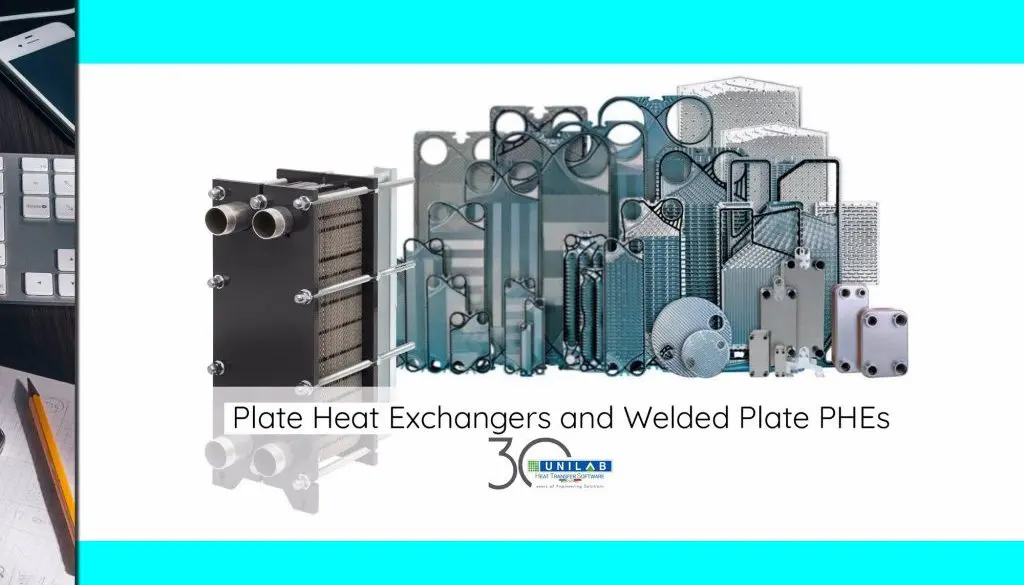Plate Heat Exchangers and Welded Plate PHEs
In the heat transfer market, most experts are familiar with plate heat exchangers or PHEs. Initially introduced for hygiene purposes for the dairy industry and subsequently developed in a variety of uses, they consist of several parallel plates. The plates are corrugated to increase turbulence, exchange surface and give them a certain mechanical rigidity. In addition PHEs have flow passages for flow of fluids at the corners, and the plates have gaskets to control flow and prevent leakage. The corrugated plates are combined to create complex channels through which a hot and cold fluid are distributed. The two fluids flow inside the exchanger in the passages between the plates; this without mixing on either side of the corrugated plate. Energy is thus transferred from one to the other as they flow side by side without touching each other.
There is a special type of plate heat exchanger for the condensation of halogenated refrigerant fluids called “brazed plate heat exchanger”. The brazed plate heat exchanger has the characteristic of being a stainless steel plate heat exchanger where the gaskets are absent. It is assembled using a special vacuum furnace brazing technology, which makes it possible to create a very compact, durable and highly reliable unit. Welding, or brazing spots hold the various plates together, and the heat exchanger is tightly fixed. In fact, while the various PHE plates are movable and have rubber gaskets, on the other side the brazed PHE welds the plates together, eliminating any mobility, which makes it more efficient, reliable and economical, reducing costs in the long run. The Brazed plate Heat Exchanger is mostly made of copper or nickel: in this case, with these materials, the heat exchanger will work with all refrigerants except ammonia. For ammonia, we will have BPHEs with stronger metal alloys and laser welded channels alternating with those with a gasket. The refrigerant flows through the welded channels, and is in contact with the gaskets in the circular holes.
Our Unilab Unisuite PHE allows the selection of the best brazed plate heat exchangers from stock or, alternatively, free calculation, suitable for the design of a completely new plate. The calculation is available in different modes: fluid-fluid, evaporation, condensation or steam. PHE can analyze herringbone angles of 30,45 and 60° angles, and allows you to calibrate experimental data using different factors to match the results of the software with laboratory data.







